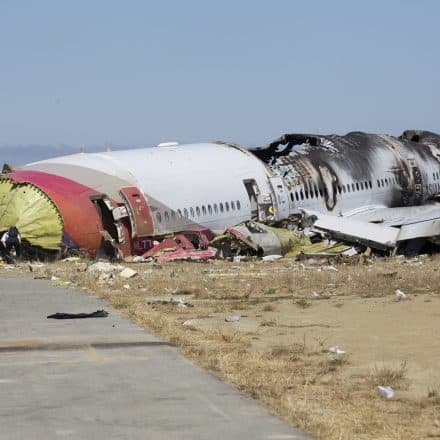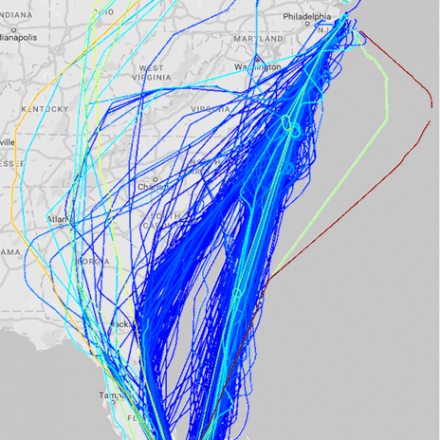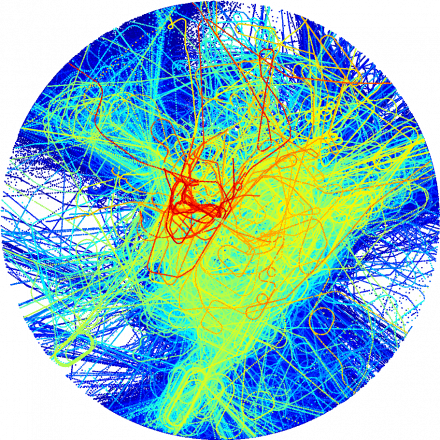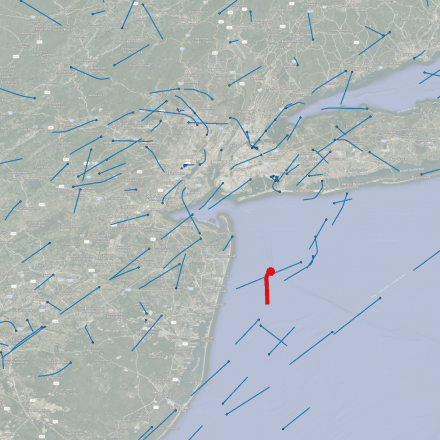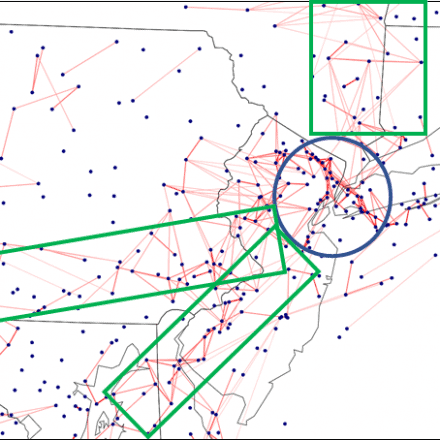Aircraft Flight Analytics
Metron develops software for NASA and industry partners providing historical and real-time anomaly detection of airline flights, as well as real-time predictions of flight and evolving airspace behaviors. We combine machine learning with the subject matter expertise of our partners.
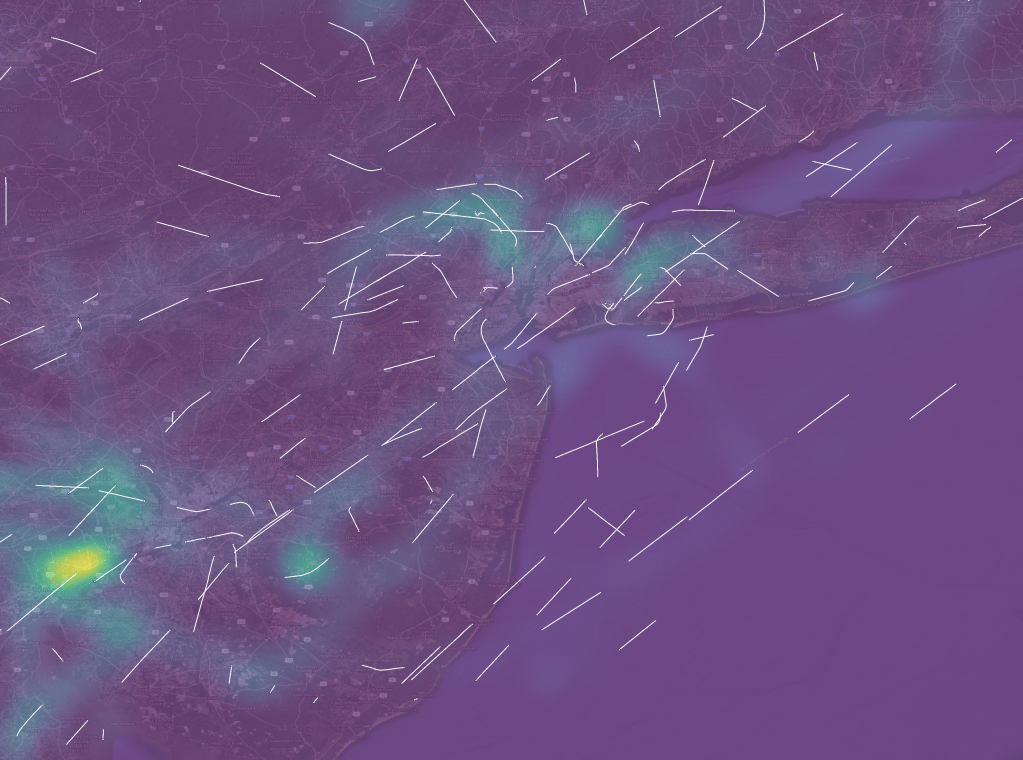
Metron’s software helps predict and identify anomalous, risky, and inefficient flight behaviors for both real-time monitoring and an analysis of historical data to identify systemic issues.
Applied Machine Learning
Our approach combines model-driven and data-driven machine learning techniques with the subject matter expertise of our partners. We custom-design scalable time-series analytics for flight surveillance data to identify unusual flight behaviors such as unexpected flight paths, loss of separation, and overtakes. Such models are updated as “normalcy” changes with an evolving airspace. Metron’s in-house computing cluster for big data enables the efficient application of these analytics to years of historical data.
Metron Innovations
Measuring and Tracking Normalcy
Metron’s Normalcy Score Broker combines individual anomaly indicator scores—each of which measures a different aspect of the flight—into a single overall score. These scores allow system operators to identify operationally significant anomalies and can be tuned to their individual preferences for emphasizing various anomalous behaviors.
Custom Machine Learning Solutions
For real-time flight and airspace monitoring applications, Metron custom-designed neural network architectures to enable alerts “in-time” to implement corrective actions. These trained networks capture the complex dynamics of the airspace and the actors contained within, and then make predictions about future behaviors and states.
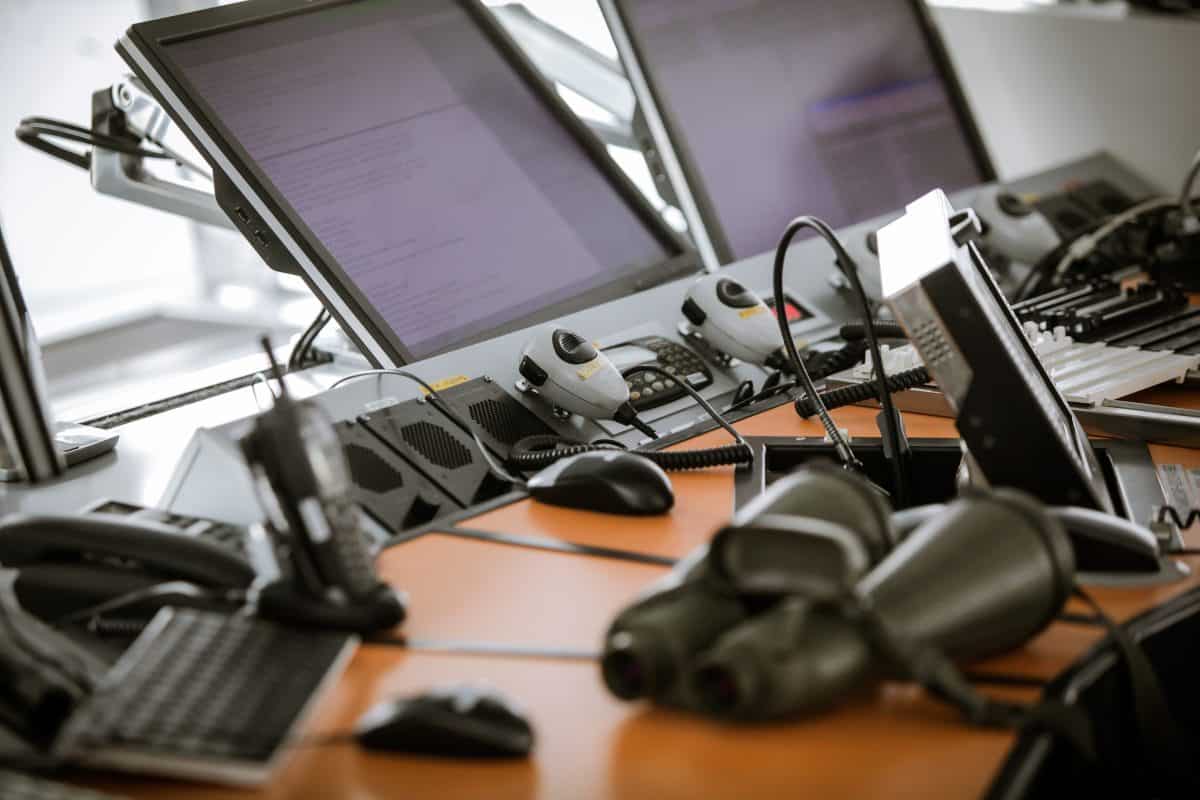
Our Impact
Metron’s analytic tools have identified potential systemic issues through a historical analysis of anomalies. Real-time monitoring will provide air traffic controllers, managers, and pilots with relevant alerts that reduce the required scope of corrective actions.
Core Capabilities
Our Expertise
Metron’s Advanced Data Analytics (ADA) Division led the way in the development of novel anomaly detection algorithms that efficiently scale in a distributed environment. We also advanced the state of the art of neural network architectures to enable accurate, real-time predictions. Our developed software was integrated into NASA’s systems.
Analytics
Metron's analytics team develops tools to process massive amounts of data, helping our client make sense of their numbers.
Explore AnalyticsDecision Support
Metron builds decision-support systems that help operators make the best possible decision even in chaotic situations with ambiguous information.
Explore Decision SupportKey Contributor
Dr. Sean Daugherty
Machine Learning Expert
Dr. Daugherty is a Senior Research Scientist who joined Metron in 2009 and is a member of the Advanced Data Analytics division. As the principal investigator and project manager, he leads the technical team’s research and development. His proprietary research on flight analytics has advanced the state of the art of graph convolutional and recurrent neural network architectures. His algorithm development for cluster computing enables the efficient identification of anomalous flight behaviors within years of historical data.
Key Contributor

Next Project
An Overboard Long Island Lobsterman
The Metron-developed SAROPS tool led the Coast Guard to the rescue of a fisherman who had spent almost 12 hours in the water.

